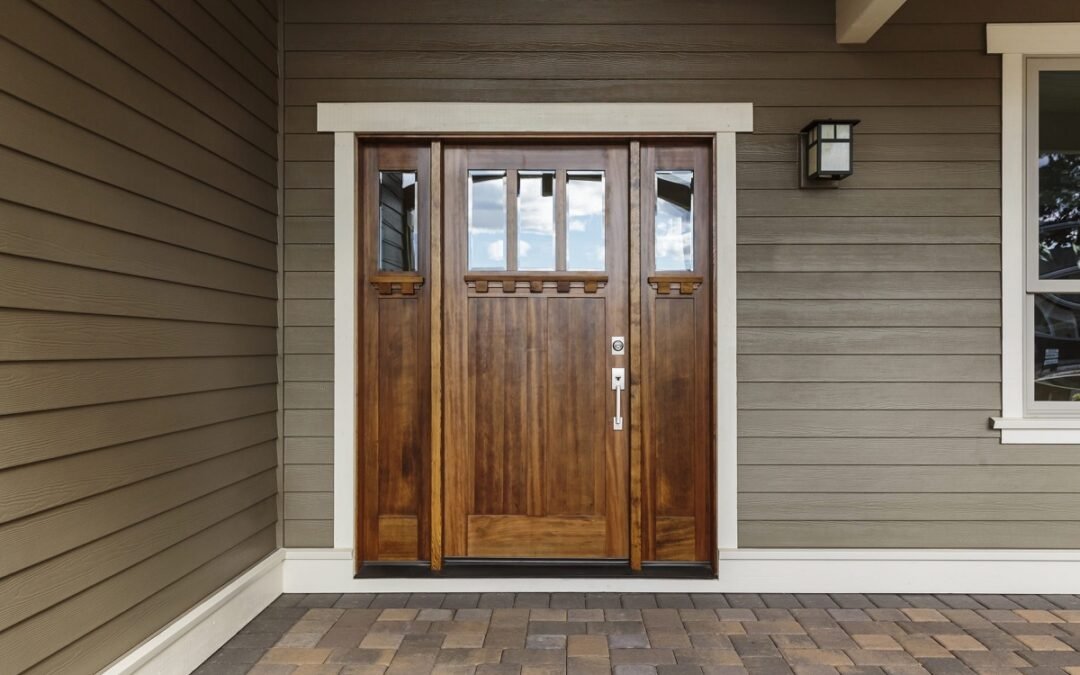Are you searching for a new door, or does one in your home need repair? This glossary of door parts could help your entry dictionary.
Suppose you’re considering upgrading or replacing your door construction project and are overwhelmed by all the technical terms. In that case, there’s a solution for you. It will describe the various components of a door so that you understand the terminology and how the different pieces and parts interact. Knowing the fundamental elements of an entry will make it easier to speak with dealers and contractors to select the best door for your needs.
Door Frame
Frames for residential doors get typically made from wood. However, they can also get constructed from fiberglass, aluminum, or composite materials. Head jambs, side mulls, and side jambs are the components of the frame. Doors frames can be bought, primed, or purchased with factory finishes in many shades.
Head Jamb
The horizontal top part of a window or door frame is known as the head jamb.
Mullion
When they get joined, the seam of the frames of two separate windows or a door and window get referred mull, an abbreviation for mullion. In this instance, the door jamb joins a window or sidelight jamb. The joint gets typically concealed by a piece of trim known as a mull capping.
Sill
Sills are the foundation of a door’s frame. The parts of the door are fixed and sealed to the ground. Only exterior doors have sills.
Glazing
The term glazing refers to the glass used in windows or doors. The glass in modern doors for exterior use, such as this one, comprises at minimum two layers, often three. An inert gas, most commonly argon, gets injected between the glass layers to create an additional layer of insulation. The coatings are almost invisible to glass to control the quantity of heat and light transferred through windows or reflected off. Glazing can improve with laminations and tints to increase privacy, offer aesthetic options, and enhance the strength of the glass.
Sidelights
Sidelights are large narrow windows located on both sides of doors. Sidelights let more light into entranceways, enhance views and provide an inviting entry point.
Casing
Trim for window and door casings is designed to conceal the gap between a door frame or window frame and the wall’s surface interior wall.
Brick Mold
The space between a window or door frame and the outer surface of the wall gets filled in with an exterior casing trim. The thickness of the mold is more significant than other profiles for interior casings. It creates a buffer between the edge of the window or door and the brick or other material surrounding it. Brick molds can get constructed from aluminum, wood, PVC, fiberglass, or composite materials. The element of the door attached to a storm or screen door gets fixed too.
Weather-Stripping
On the exterior, weatherstripping doors can help fill in the gaps between the frame for a door and a closed-door panel. Weatherstripping is generally composed of a rigid and flexible material such as rubber, silicone, or foam.
Transom
A transom is a small window situated above the door or window. Most transom windows don’t work; however, when they do, they’re usually hinged on top as windows with awnings and simulated divided light bars. Muntin bars must take the place of SDL bars, which get positioned on top of the glass’s surface. Large glass panes are more robust, affordable, and energy-efficient.
Muntin Bars
From the beginning of the 19th century, substantial glass panes were expensive and fragile, so the muntin bar joined to form vast expanses of glass out of smaller panes.
Rail
The thin horizontal sections on the doors are called rails. This door comes with a top, bottom, and intermediate rail.
Stile
A stile is a thin vertical section between the two sides of a door panel. One is known as the lock stile, and the other is a hinge stile.
Hinge
The piece of hardware lets the door swing open and close. The standard door has three hinges. However, more enormous doors contain several hinges. The hinges’ color or finish usually matches the locks’ color.
Residential, commercial, and custom-built houses can all benefit from the windows and doors that Hamilton Windows manufactures and installs. Please contact us at (289) 975-4020 or mail us at sales@windowshamilton.ca and allow us to quote on your job. Allow us to earn your confidence and business.
